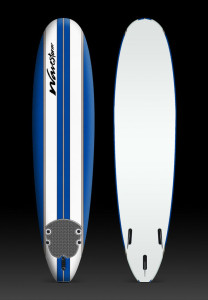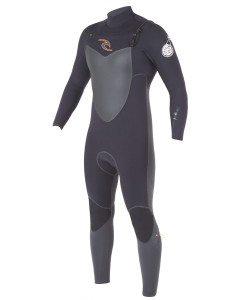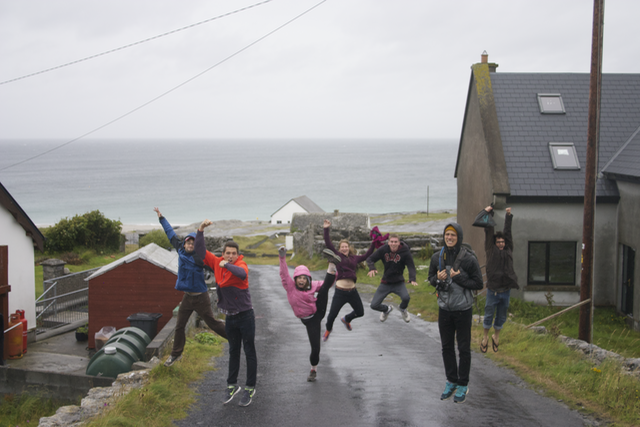Whenever someone finds out I surf, the conversation usually goes something like this:
Wow, that’s awesome that you surf. I’ve always wanted to try, but I’ve just never gotten around to it.
I’ve been wondering why this is the case. Surfing is pretty much the greatest thing ever! It’s exhilarating, it’s great exercise, it’s peaceful, it’s in the ocean, and (if you play your cards right) it’s actually really cheap too.
So I’ve developed a beginner’s guide for those who want to learn to surf. There are two parts: selecting the right equipment and understanding the basic technique.
The two main things you need in order to get out there and shred some gnarly waves are a surfboard (duh) and a wetsuit (unless you live in Hawaii or some other tropical place).
Choosing the Right Surfboard
Let’s start with the board. I am a die-hard advocate for the Costco Wavestorm. I know some people are snobs and will call me a kook for recommending Wavestorms, but they are the perfect beginner board.
First of all, they only cost $180 (I’ve seen them in store for only $100). When you’re starting out, you want something that isn’t going to break the bank, and you’re not going to find any other new board in this price range.
Second, they are easy to surf. Wave storms are made out of dense foam instead of fiberglass. While this isn’t the most high-performance material, it does offer a lot of benefits. The foam makes the board super buoyant which in turn makes catching waves and standing up on the board a piece of cake. Also, because the foam is softer and more flexible than fiberglass, these boards do not get damaged as easily. This will save you from premature grey hair when you inevitably bump your board against a wall as you’re carrying it to your car.
Lastly, these boards are safer than traditional fiberglass boards. Because they’re foam, Wavestorms won’t hurt as much when they hit you on the head as you get tumbled around in the wave. They also won’t hurt the person you run into (but that’s never going to happen right? Because you’re already a pro).
Convinced yet? I hope so. If not, check out this post on thesurfingblog.com for even more reasons to shred on these sleds.
The Wetsuit
The wetsuit is not as cut and dry (Get it? Then it would be a drysuit). But seriously, there are lots of great options to choose from when buying a wetsuit. Most wetsuit companies offer an entry-level suit which will keep you very warm but won’t have all of the additional features of more expensive suits.
This is where you have to do some introspection. Are you really going to get into this surfing thing? If the answer is yes, then first of all good, you’re a cool person and second of all, I would recommend skipping the entry-level wetsuits and going for a slightly more expensive wetsuit. These suits tend to be about double the price. However, they not only last more than twice as long, but they also tend to be more comfortable and keep you warmer. If you’re not sure whether this surfing thing is for you, then I would suggest you go with the most affordable suit you can find and once you’re hooked you can get something a little higher quality.
Here are a couple great entry-level suits:
Here are a couple great mid-level suits:
Note: You shouldn’t need anything more expensive than these suits unless you’re just looking for some place to throw money. And if that’s the case, Yonder Stoke is always accepting donations.
Note: It is important to check the temperature ratings on wetsuits before you buy one. The 3/2mm wetsuits I listed above are perfect for most of the year in Southern California, but if you’re surfing someplace colder (like Oregon or Alaska) you’re going to need a much thicker suit. The easiest thing to do is check the typical water temperature at your local surf spots, and then use the guide below to help determine the thickness of wetsuit that you’ll need.
Check out part 2 of a beginner’s guide to surfing!
| Water Temperature (°F) | Thickness | Anything Else |
| >72° | You don’t even need a wetsuit. You lucky duck. | Just boardshorts and a rashguard. |
| 65° – 75° | 1mm – 2mm | Either a neoprene top or a shorty suit is all you need. |
| 62° – 68° | 2mm – 3/2mm | Spring suit or full suit and you’re ready to shred. |
| 58° – 63° | 3/2mm – 4/3mm | You need a full suit and boots to keep your toes from going numb. |
| 52° – 58° | 4/3mm – 5/4mm | You need everything: full suit, boots, gloves and a hood. |
| 43° – 52° | 5/4mm – 6/5mm | Same as above, but colder. |






3 Pingbacks